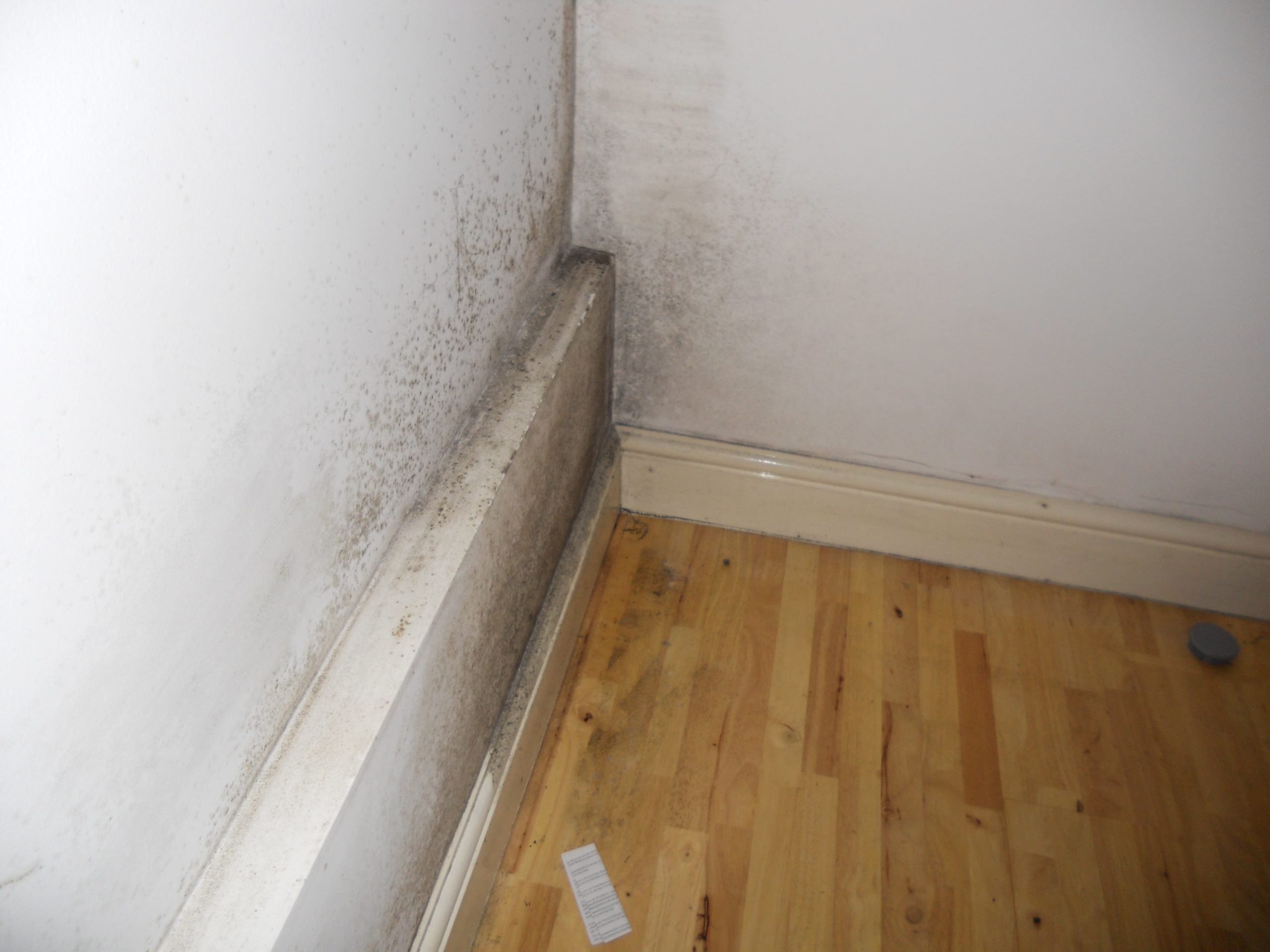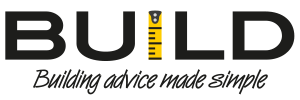

Rising damp is not merely an aesthetic concern, it can signify underlying structural issues that, if left unaddressed, may lead to significant damage and financial implications for property owners. This article delves into five prevalent causes of rising damp and offers comprehensive strategies for effectively combating this pervasive problem.
1. Faulty or Inadequate Damp Proof Course (DPC)
A damp proof course serves as a crucial barrier against moisture infiltration, but when it’s compromised, rising damp becomes a likely outcome. Instances of a defective DPC, whether due to age, damage, or improper installation, demand immediate attention. Remedial actions may involve injecting specialised chemical solutions into affected walls to reinstate moisture resistance or installing a new physical damp-proof membrane altogether. Consulting with a qualified professional to assess and rectify DPC issues is paramount to ensuring long-term protection against rising damp.
2. Poor Ventilation and Air Circulation
Inadequate airflow within a building exacerbates moisture retention, exacerbating rising damp concerns. Insufficient ventilation traps moisture indoors, fostering an environment conducive to dampness and mold growth. To enhance ventilation, property owners can implement various measures, including installing airbricks to facilitate air exchange, incorporating extractor fans in moisture-prone areas like bathrooms and kitchens, and deploying dehumidifiers to regulate indoor humidity levels effectively.
3. Bridging of Damp Proof Course
The accumulation of soil, debris, or paving materials against external walls can compromise the efficacy of a damp proof course, allowing moisture to infiltrate unabated. This phenomenon, known as bridging, necessitates proactive measures to mitigate its impact. Property owners should ensure that the ground adjacent to the building slopes away from the structure, facilitating proper drainage and minimising the risk of water seepage. Maintaining a clear gap between external landscaping features and the building’s walls further aids in preventing bridging-induced rising damp.
4. Cracked or Damaged Masonry
Structural integrity is compromised when cracks mar the facade of a building, providing an entry point for moisture and paving the way for rising damp. Regular inspections of exterior walls are crucial to detecting and addressing cracks promptly. Utilising suitable masonry sealants or mortar, property owners can effectively seal cracks and fissures, thwarting moisture infiltration and safeguarding against the detrimental effects of rising damp.
5. High Groundwater Levels
Elevated groundwater levels exert undue pressure on a building’s foundations, exacerbating rising damp issues. Addressing this challenge necessitates comprehensive measures aimed at managing groundwater effectively. Implementing drainage systems, installing sump pumps, and fortifying foundation waterproofing are effective strategies for mitigating the adverse effects of high groundwater levels and curbing rising damp.
Conclusion
Rising damp poses a multifaceted threat to the integrity and habitability of buildings, underscoring the importance of proactive maintenance and intervention. By recognising the common causes of rising damp and adopting targeted remedial strategies, property owners can effectively combat this insidious problem and preserve the structural integrity and livability of their premises. Whether through rectifying DPC deficiencies, enhancing ventilation, preventing bridging, addressing masonry defects, or managing groundwater levels, a proactive approach is indispensable in mitigating the impact of rising damp and ensuring a dry, healthy indoor environment for occupants.


